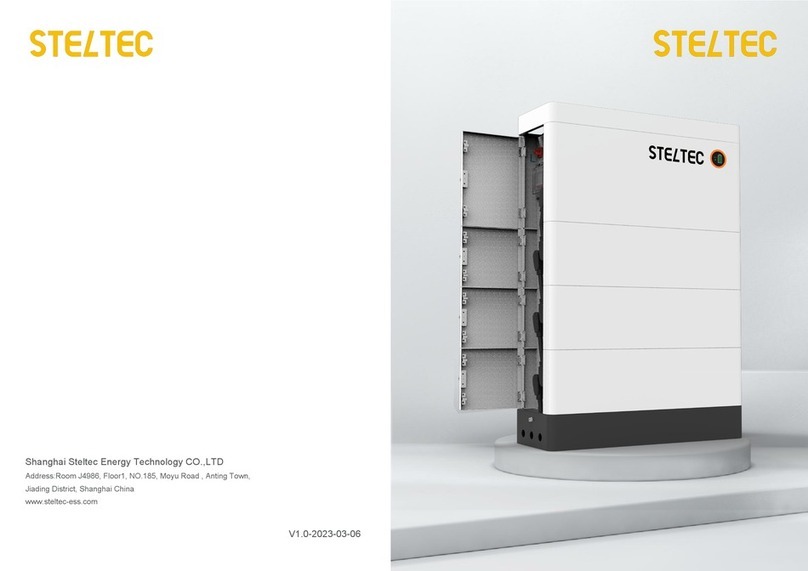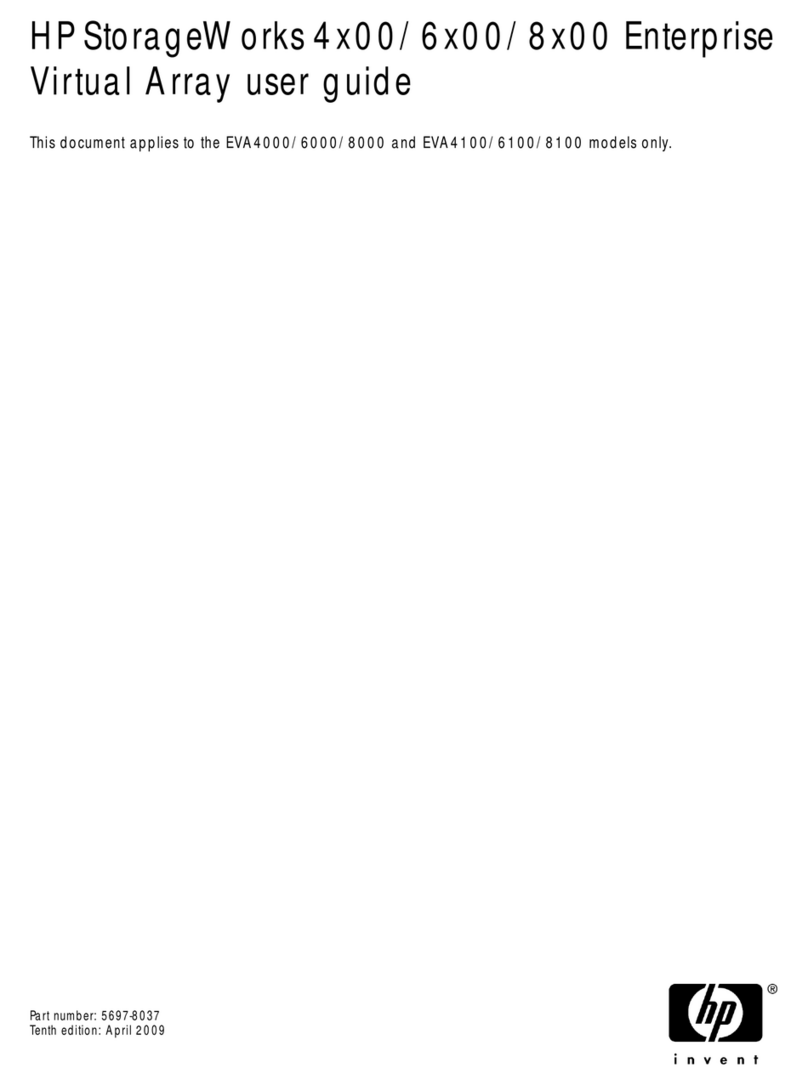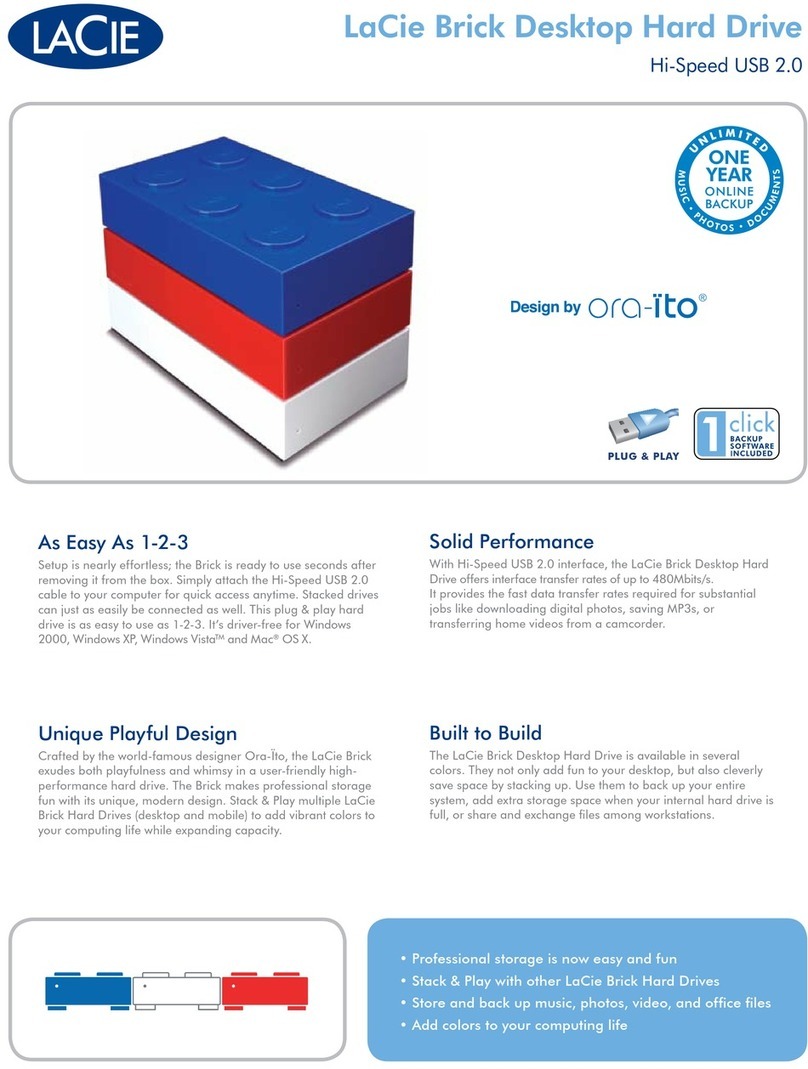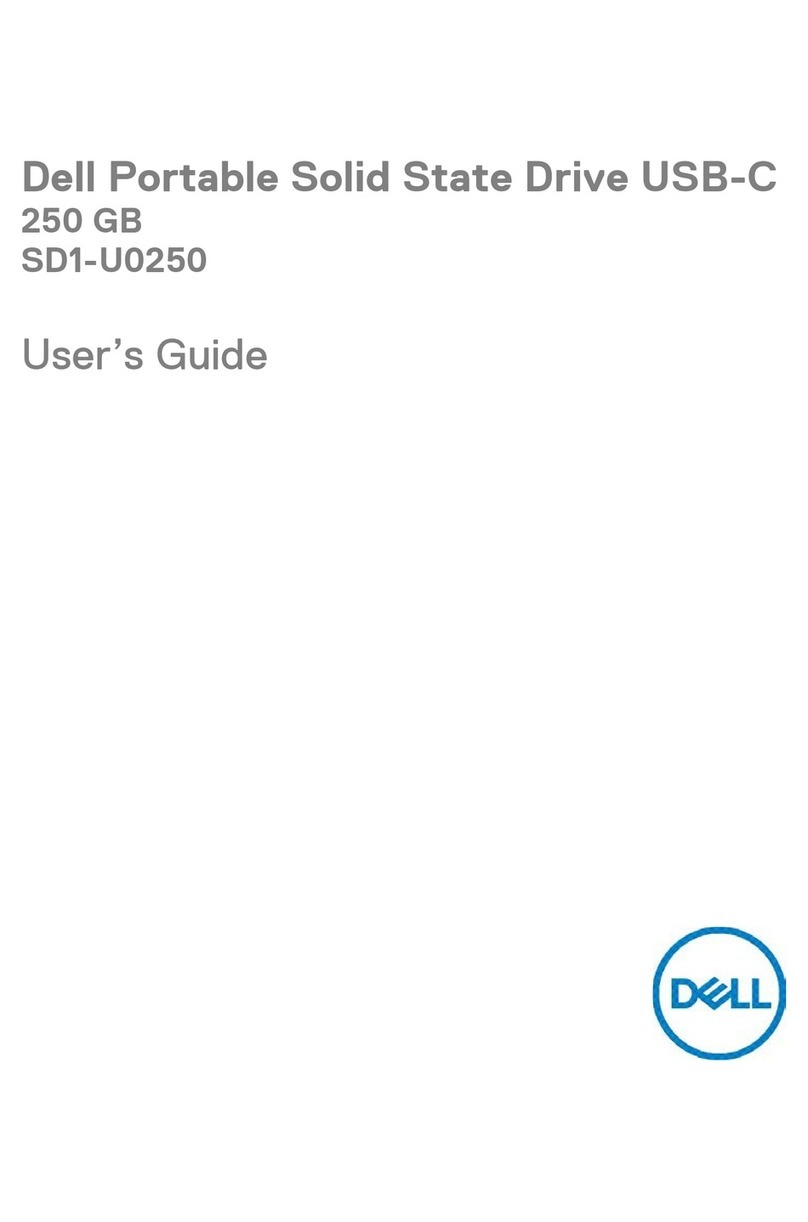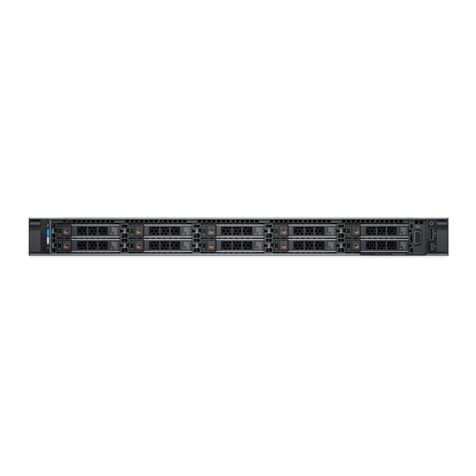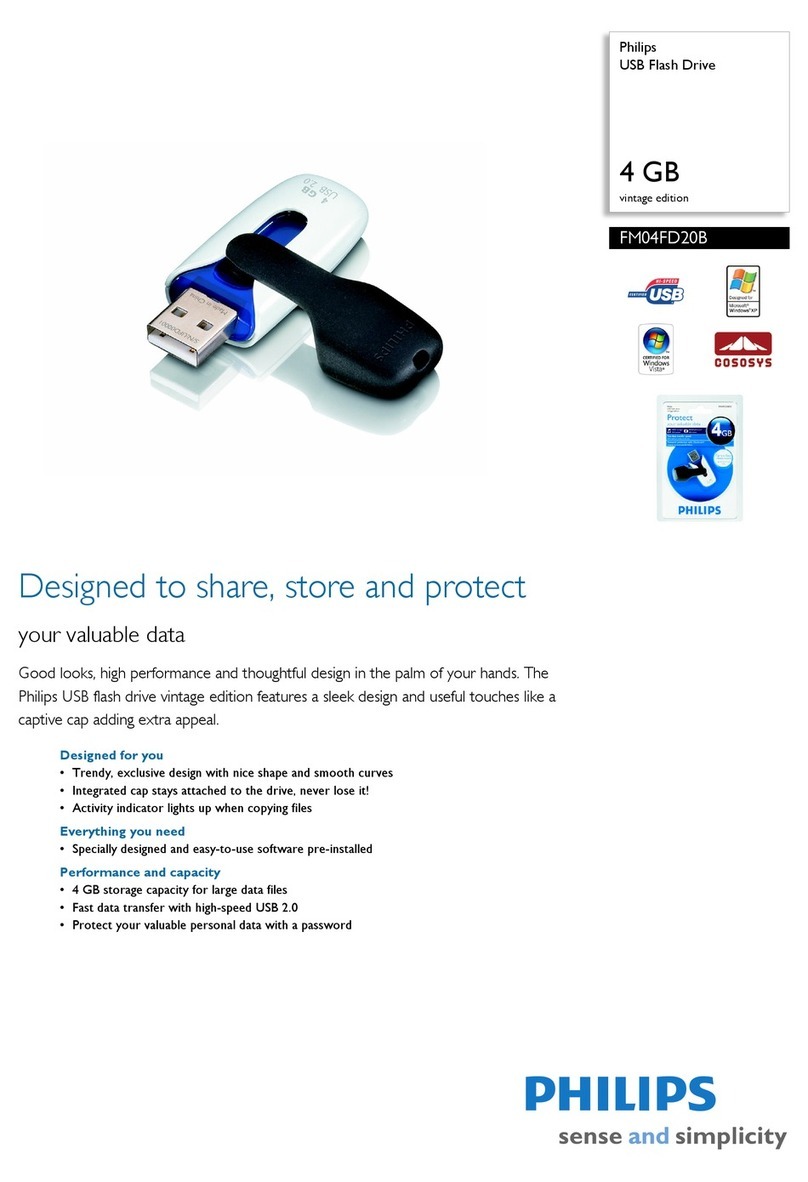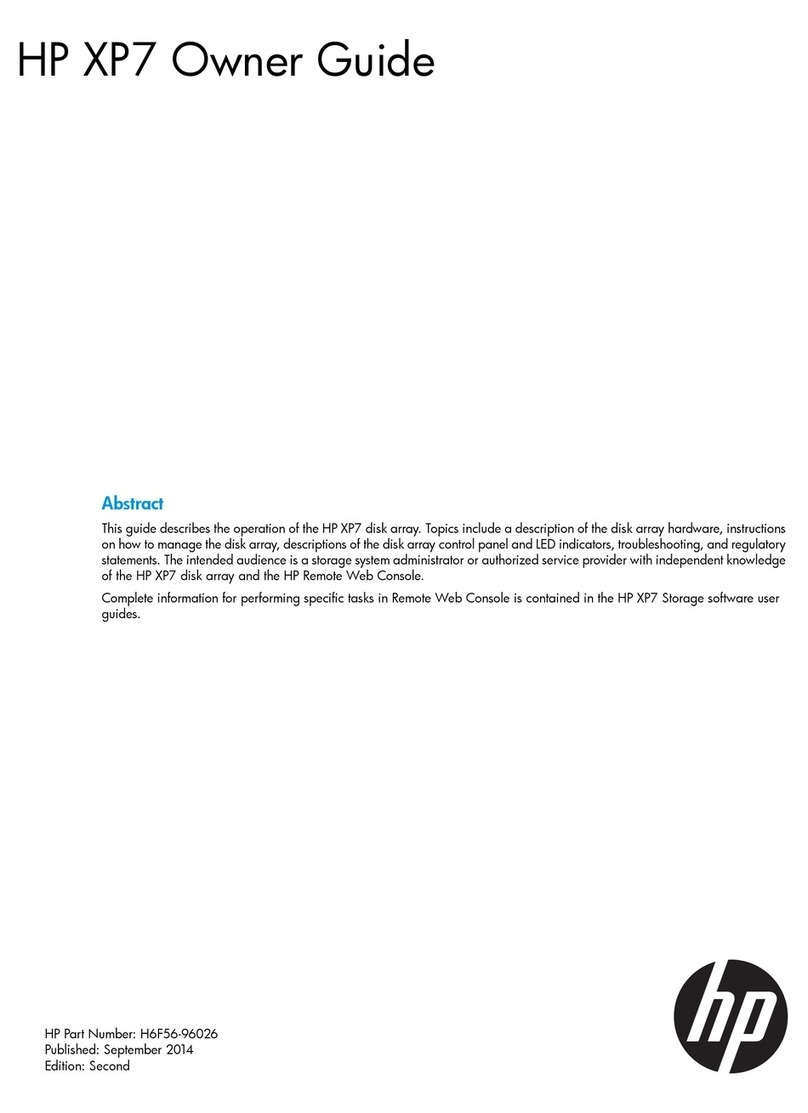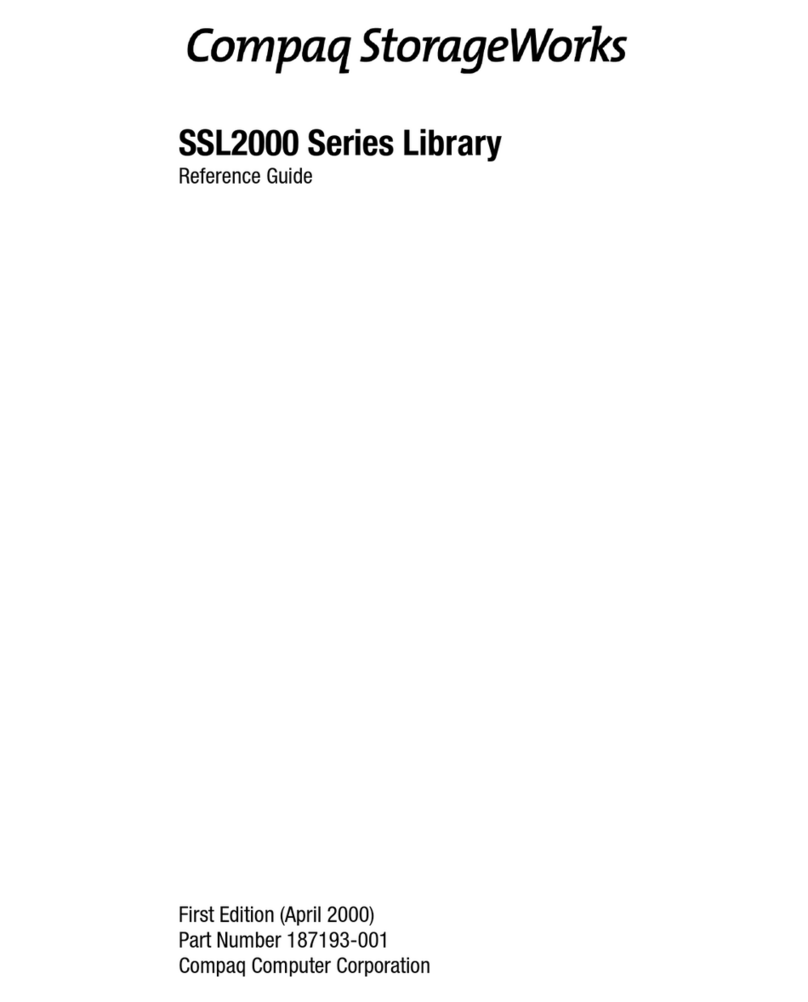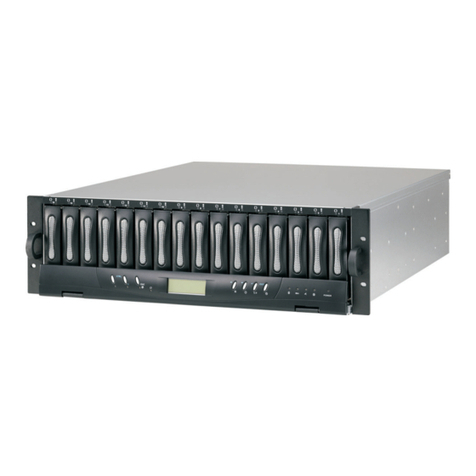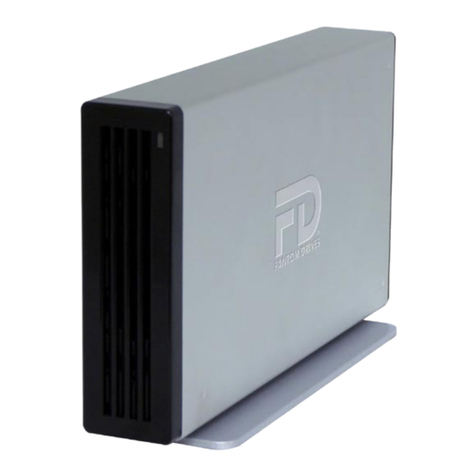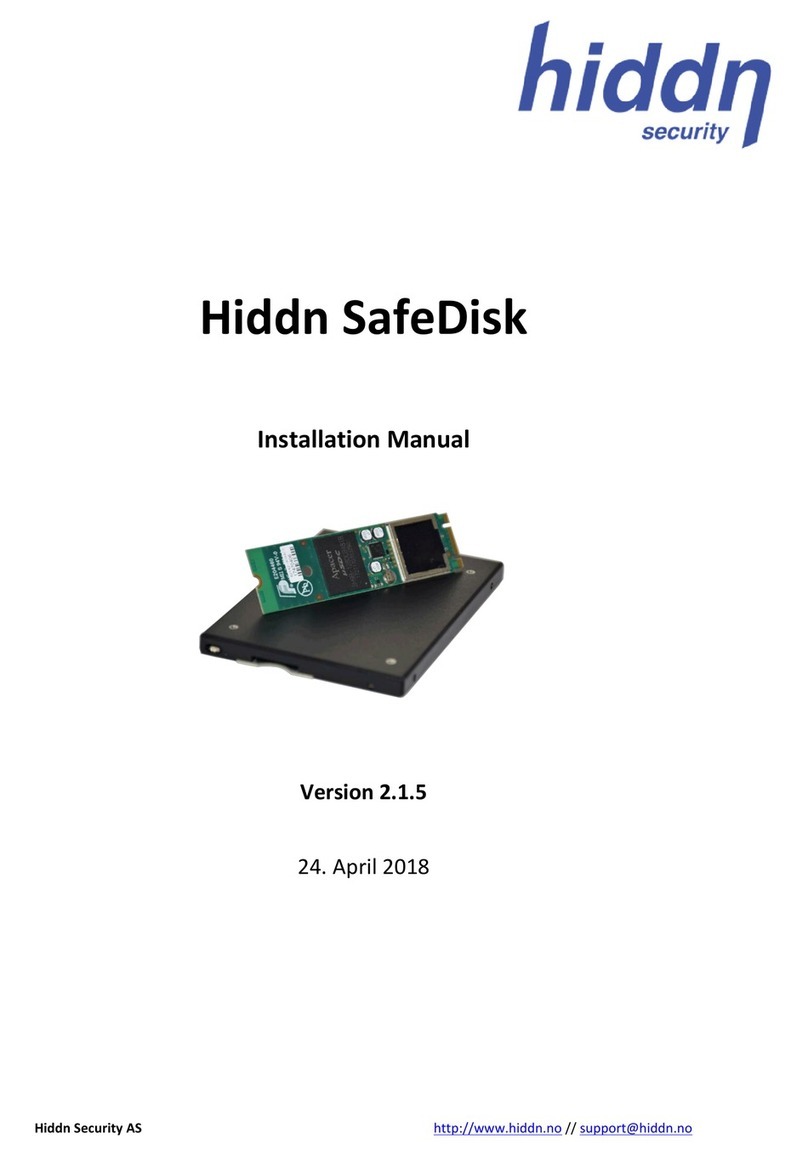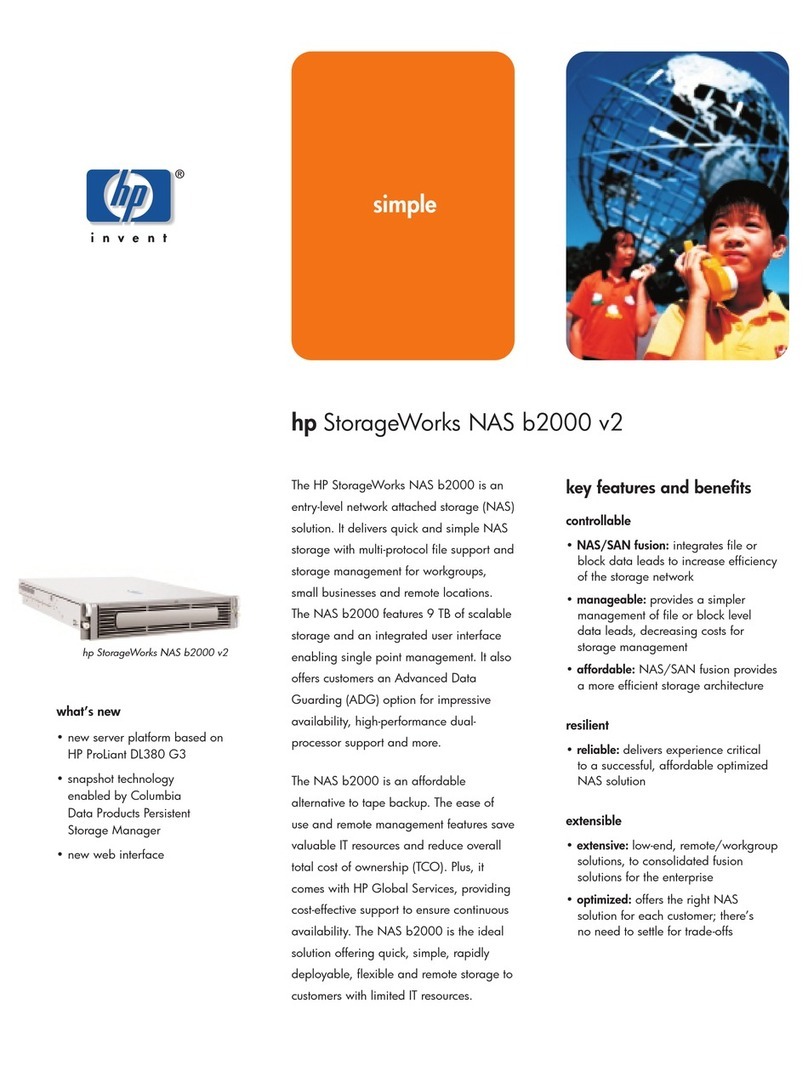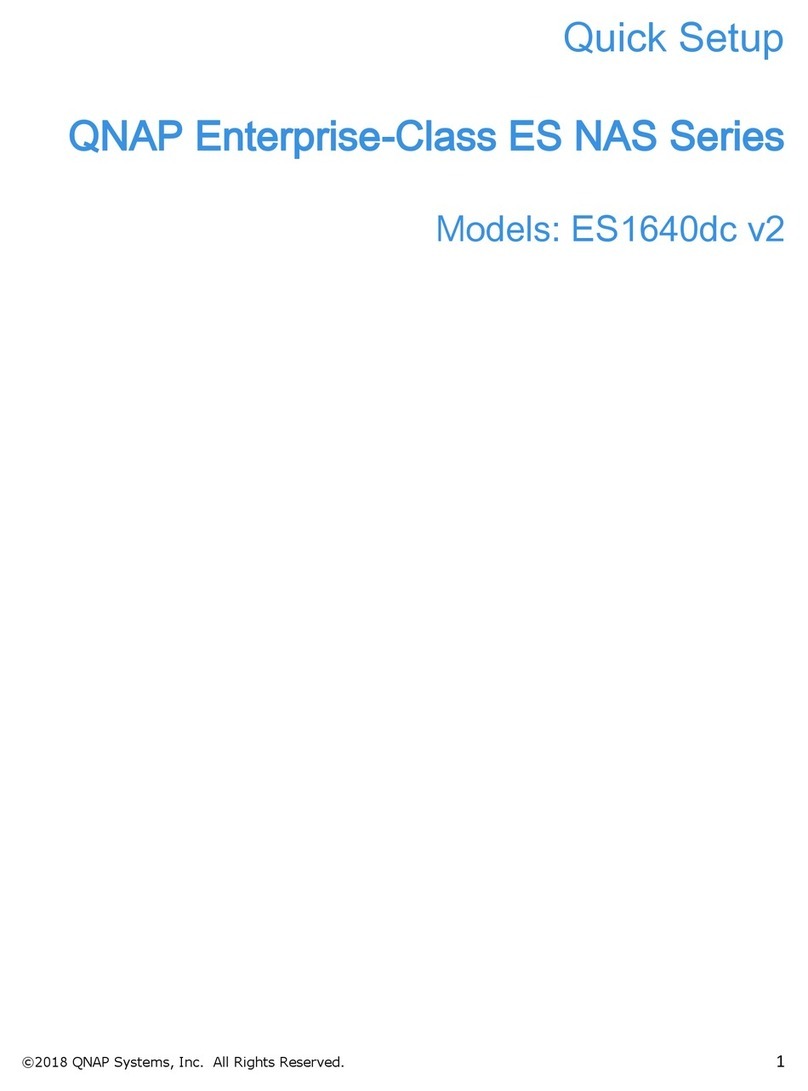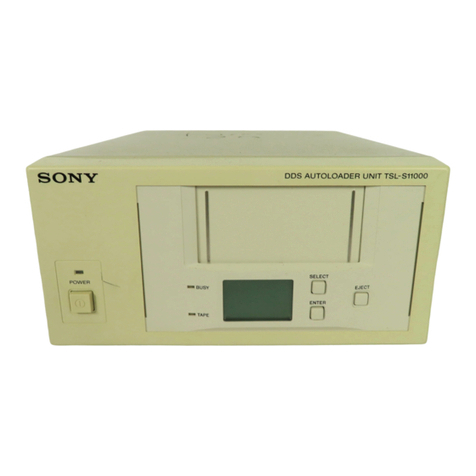STELTEC Basic-L1 User manual

Shanghai Steltec Energy Technology CO.,LTD
Address:Room J4986, Floor1, NO.185, Moyu Road , Anting Town,
Jiading District, Shanghai China
www.steltec-ess.com
V1.0-2023-03-06

CONTENTS
Basic-L1 Operation Manual
This Manual introduces Basic-L1 from STELTEC.
Basic-L1 is a Low-voltage Lithium-ion Phosphate Battery storage system.
Please read this manual before you install the battery and follow the
instruction carefully during the installation process. Any confusion,
please contact STELTEC immediately for advice and clarification.
1.Technical Data 1-2
Shanghai Steltec Energy Technology CO.,LTD
2.Safety Information
3
3-4
4-6
6
3.Product Overview
7
8
8-9
9-10
10
10
4.Installation guide
11
11
11
13
13
13
14
14
15-16
17-18
2.1 General Safety
2.2 Personal Safety
2.3 Electrical Safety
2.4 Transportation Safety
3.1 Brief Introduction
3.2 Interface Introduction
3.2.1 Switch ON/OFF
3.2.2 LED Indicator Definition
3.2.3 CAN / RS485 Port
3.3.4 RS232 Port
4.1 Checking Before Installation
4.1.1 Checking Outer Packing Materials
4.1.2 Checking Deliverables
4.2 Tools
4.3. Installation environment requirements
4.3.1 Installation carrier requirements
4.4 Installation Instructions
4.4.1 Dimensions
4.4.2 Installation Procedure(Rack Mounted)
4.4.2 Wiring Steps
5.Commissioning Procedure 19
6.Maintenance
20
20
6.1 Recharge Requirements During Normal Storage
6.2 Recharge Requirements When Over Discharged

Shanghai Steltec Energy Technology CO.,LTD
Product Type Basic-L1
Technical Specification
Battery Model
BU 5220
Battery System Capacity
5.22kWh
Cell Technology
Li-ion(LFP)
Battery Cell Capacity
102Ah
Configuration
1P16S
Nominal Voltage
51.2 V
Operating Voltage Range
45.6~56.2V
Dimension (W*D*H)
440*550*130(mm)
17.32*21.65*5.12(inch)
Net Weight
46 kg (101.41 lb)
Scalability
Max. 15 systems in parallel
operation
Installation
Floor stand (standard), Wall
mounted (optional)
Depth of Discharge
90%
Battery System Charge Current
(Recommended)
80A
Battery System Charge Current (Max)
100A
Battery System Discharge Current
(Recommended)
80A
Battery System Discharge Current (Max)
100A
Cooling
Natural convection
Communication Port
RS232, RS485, CAN
Protection Class
IP20
Charging Temperature
0°C~50°C (32°F-122°F)
Discharging Temperature
-20°C~50°C (-4°F~122°F)
Humidity
5%-95%
Max. Operating Altitude
2000m (6,562ft.)
Warranty
10 years
Standard Compliance (more available upon request)
Certficates
IEC62619 / 1EC61000
/1EC62040/CE/U N38.3
1/20 2/20
1.Technical Specication

Electrical danger
Voltage exits when the battery is powered
on. Only qualified engineers are allowed to
operate.
Earth connector
Earth connection.
DC positive and
negative connectors
Identify positive and negative connectors of
DC power source.
CE mark
The product meets CE certification.
WEEEtag
Batteries must not be disposed with general
waste. It must be appropriately recycled in
accordance with local regulations.
Recycle
Batteries can be recycled, please refer to your
local regulations regarding the correct disposal
methods.
DANGER indicates a hazardous situation which, if
not avoided will result in serious injury and/or fire.
WARNING indicates a hazardous situation which, if not
avoided, will result in property loss and/or void the warranty.
NOTICE indicates normal situation which,
if not avoided, will result in damage to the battery.
Please carefully read the manual safety precautions and observe all the safety instructions
on the equipment and in this document.
The "DANGER” ,"WARNING", and "NOTICE” statements in this document do not cover all
the safety instructions. They are only supplements to the safety instructions.
For user safety and utilization efficiency of this manual, a list of symbols is designed to alert
people from danger. You must understand and comply with the emphasized information to
avoid personal injury and property damage. Relative safety symbols have been listed below.
Do not place battery in an area accessible by children or pets.
Do not touch the energized battery, the temperature of the battery enclosure
may increase during operation.
Do not touch the energized battery terminals.
Do not stand on, lean on, or sit on the battery.
2.3 Electrical Safety
Symbols on Battery
There are some electrical symbols on battery relate to electrical safety. Please make
sure you have fully understood them before installation.
Follow local laws and regulations when installing, operating, or maintaining the equipment.
The safety instructions in this document are only supplements to local laws and regulations.
2.1 General Safety
Danger
Warning
NOTICE
Personal Requirements
People who plan to install or maintain battery equipment must be trained, understood all
necessary safety precautions, and are able to correctly perform all operations.
Only qualified professionals or trained people are allowed to install, operate, and
maintain the equipment.
2.2 Personal Safety
NOTICE
Shanghai Steltec Energy Technology CO.,LTD
2.Safety Information
3/20 4/20

Ensure the battery is installed in a dry and well-ventilated location.
The installation position must be away from direct sunlight and rain.
The installation position must be far away from potential sources of fire..
The installation position must be far away from all sources of water.
Do not install the equipment in locations that contain flammable gases and/or
flammable liquids.
The operation and service life of the battery depends on the operating temperature.
Operate the battery at a temperature equal to or better than the ambient temperature.
The recommended operating temperature range is from 0°C to 30°C.
Please use appropriately insulated tools for installation and maintenance.
Please check the LED status when the battery is powered on.
Please ensure the communication cable is connected correctly between the
battery and the inverter.
Please check for inverter alarms and the SOC reading once communication is
established between the inverter and the battery.
Recharge battery in every six months if not in use.
Recharge battery within 10 days after battery is fully discharged(SOC=0%).
Ensure battery cable is installed correctly.
When the battery is being installed or repaired, ensure the battery is
powered off and and isolated. Using a multimeter check to ensure there is no
voltage in the positive and negative terminals.
The products have passed UN38.3 certification.
The products have MSDS documents available.
• The products belong to class 9 dangerous goods.
Please protect the packing case from the below situations:
• Being dampened by rains, snows, or falling into water.
• Falling down or mechanical impact.
• Being upside-down or tilted.
2.4 Transportation Safety
Environment SafetyElectrical Safety
Shanghai Steltec Energy Technology CO.,LTD
Before installation, ensure that the equipment is intact. Otherwise, electrics
hocks or fire may occur.
Do not connect or disconnect power cables when battery is power-on. Which
may cause electric arcs and sparks more over fire or personal injury.
Before connecting a power cable, check the positive or negative connectors
are correct.
Do not parallel connection with different batteries.
Do not connect battery with AC directly.
Do not connect battery with PV wiring directly.
Do not connect battery to faulty or unqualified inverter or charger.
Do not create short circuits with the external connection.
Make sure the grid is cut off and the battery is powered off before
maintenance.
Make sure the earth cable is connected correctly before operation.
5/20 6/20

Shanghai Steltec Energy Technology CO.,LTD
3.PRODUCT OVERVIEW
Basic-L1 has built-in BMS (Battery Management System), which can manage
and monitor cells information including voltage, current and temperature.
Besides that, BMS can balance cells charging to extend cycle life. BMS has
protection functions including over-discharge, over-charge, over-current and
high/low temperature; the system can automatically manage charge state,
discharge state and balance state.
Multiple Basic-L1 can be connected in parallel to expand capacity and power,
15 Basic-L1 can be connected in parallel at most.
Note: For multiple batteries in parallel, only the Master battery SOC LED
will be on to show the whole system SOC level, slave battery SOC LEDS
are off, but the Normal&Alarm LED will show normally.
PRODUCT OVERVIEW
Basic-L1 is a lithium battery with an operating voltage range between
45.6~56.2V. It is designed for residential energy storage applications and
works together with a low voltage hybrid inverter. Basic-L1 is not suitable
for supporting life-sustaining medical devices.
3.1 Brief Introduction
1. Switch ON
Turn on a single Basic-L1, turn on the air switch, then press the circular button
(more than 3 seconds) on / off button, the LED flashes and the battery works
normally. L1 to L6 display the battery SOC,L7/L8 to indicate the battery status.
For multiple Basic-L1 in parallel, press and hold the circular button of the host
battery for more than 3 seconds, then release the button. After the host battery
turns off, all slave battery packs turn off. For a single Basic-L1, press the switch
for 3 seconds to turn off the battery.
3.2 Interface Introduction
3.2.1 Switch ON/OFF
Air switch
circular
button
LED Indicator
P+ P-
Communication
Terminal
7/20 8/20

Shanghai Steltec Energy Technology CO.,LTD
Charging Battery Level Indicators Instructions
Note:
flash 1 - 0.25s light / 3.75s off
flash 2 - 0.5s light / 0.5s off
flash 3 - 0.5s light / 1.5s off
LED Indicators Instructions
32.2 LED Indicator Definition
RUN
ALM
Battery Level Indicator
Status
L8
L7
L6
L5
L4
L3
L2
L1
Descriptions
●
●
●
●
●
●
●
●
Shut down
OFF
OFF
OFF
OFF
OFF
OFF
OFF
All OFF
Standby
Flash 1
According to the battery level
Indicates Standby
Charging
Normal
Light
According to the battery level
The highest capacity
indicator LED
flashes(flash2),others
lighting
Full
Charged
Light
Light
Light
Light
Light
Light
Light
Turn to standby status when charger off
Protection
OFF
OFF
OFF
OFF
OFF
OFF
OFF
Stop charging
Discharge
Normal
Flash 3
According to the battery level
UVP
OFF
OFF
OFF
OFF
OFF
OFF
OFF
Stop charging
Protection
OFF
OFF
OFF
OFF
OFF
OFF
OFF
Stop discharge
Fault
OFF
OFF
OFF
OFF
OFF
OFF
OFF
Stop charging and Discharge
Status
Charging
Battery Level Indicator
L8
L7
L6
L5
L4
L3
L2
L1
●
●
●
●
●
●
●
●
Battery Level %
0~17%
Light
OFF
OFF
OFF
OFF
Flash 2
18~33%
OFF
OFF
OFF
Light
34~50%
OFF
OFF
Flash 2
Light
51~66%
OFF
Flash 2
Light
Light
67~83%
OFF
Light
Light
Light
84~100%
Flash 2
Light
Light
Light
Full Charged
Light
Light
Light
Light
PIN
Definition
Pin 1 Pin 8
RS485-B ( to PCS, reserved )
Pin 2 Pin 7
RS485-A ( to PCS, reserved )
Pin 3
NC
Pin 4
CANH ( to PCS )
Pin 5
CANL ( to PCS )
Pin 6
GND
3.2.4 RS232 Port
PIN
Definition
Pin 1 Pin 8
GND
Pin 2 Pin 7
RS232_TX
Pin 3 Pin 6
RS232_RX
Pin 4 Pin 5
NC
RS232 Communication Terminal (RJ45 port) follow RS232 protocol, for
manufacturer or professional engineer to debug or service.
2. Switch OFF
Press the circular button of the master battery for more than 3 seconds, and then
release the button. When all slave battery are closed, the master battery will be
closed (sleep mode). For a single Basic-L1, turn off the circular button. For multiple
Basic-L1 in parallel, turn off the circular button on the master battery first. Then turn
off the circular button on all slave batteries.
Discharging Battery Level Indicators Instructions
3.2.3 CAN / RS485 Port
Status
Discharge
Battery Level Indicator
L8
L7
L6
L5
L4
L3
L2
L1
●
●
●
●
●
●
●
●
Battery
Level%
0~17%
Flash 3
OFF
OFF
OFF
OFF
OFF
OFF
Light
18~33%
OFF
OFF
OFF
OFF
Light
Light
34~50%
OFF
OFF
OFF
Light
Light
Light
51~66%
OFF
OFF
Light
Light
Light
Light
67~83%
OFF
Light
Light
Light
Light
Light
84~100%
Light
Light
Light
Light
Light
Light
CAN / RS485 Communication Terminal (RJ45 port), connect to
inverter, follow CAN / RS485 protocol.
OFF
OFF
OFF
OFF
Light
OFF
Light
Light
OFF
OFF
OFF
OFF
OFF
Light
Light
FLASH 2
OFF
Flash 2
Light
Light
Light
Light
Light
9/20 10/20

4.1 Checking Before Installation
4.1.1 Checking Outer Packing Materials
4.1.2 Checking Deliverables
Packing materials and components may be damaged during transportation.
Therefore, check the outer packing materials before installing the battery.
Checking the surface of packing materials for damage, such as holes and cracks.
If any damage is found, do not unpack the battery and contact the dealer as soon
as possible.
After unpacking the battery, check whether deliverables are intact and complete. If
any damage is found or any component is missed, contact the dealer.
The below table shows the components and mechanical parts that should be
delivered.
4.INSTALLATION GUIDE
Start
END
Check Before
Installation
Prepare
Installation Tools
Determine The
Installation Position
Electrical
Connection
Install Wall
Bracket
Install Battery
Installation flow chart
Shanghai Steltec Energy Technology CO.,LTD
11/20 12/20

Shanghai Steltec Energy Technology CO.,LTD
4.2 Tools
Model
Tools
Installation
Knife
Measuring tape
Socket wrench
(10/16mm)
Rubber mallet
Cross Screwdriver
Hammer drill(10mm)
Protection
ESD gloves
Safety goggles
Anti-dust respirator
Safety shoes
• Install the battery in the indoor environment.
• Place battery in secure location away from children and animals.
• Do not place the battery near any heat sources and avoid sparks.
• Do not expose the battery to moisture or liquids.
• Do not expose the battery to direct sunlight.
4.3 Installation environment requirements
• Only mount battery on fire resistant building. Do not install batteries on
flammable buildings.
• Battery is quite heavy, make sure the wall/ground can meet the load bearing
requirements.
4.3.1 Installation carrier requirements
4.4.1 Dimensions
4.4 Installation Instructions
13/20 14/20

STEP 1
Remove the Handles from the battery.
4.4.2 Installation Procedure(Rack Mounted)
Handle
STEP 2
Install Stacking brackets at the four corners of the battery.
Stacking brackets(M4*8)
STEP 3
The battery with the Stacking brackets is stacked like below.
Stacking brackets
15/20 16/20
Shanghai Steltec Energy Technology CO.,LTD

STEP 3
Connect the communication cable.
STEP 2
Connecting power cables.
4.4.3 Wiring Steps
to PCS B-to PCS B+
to PCS CAN Port
STEP 1
Connected to ground.
PE
STEP 4
When multiple batteries are connected in parallel, follow the
following wiring mode.
MASTER
SLAVE 1
SLAVE 2
to PCS B+ to PCS B-
to PCS CAN Port
CAN RS232
Link In Link Out
CAN RS232
Link In Link Out
CAN RS232
Link In Link Out
17/20 18/20
Shanghai Steltec Energy Technology CO.,LTD

Battery should be stored in an environment with temperature range
between -10°C ~+45°C, and maintained regularly according to following
table with 0.5C (50A) current till 50% SOC after long storage time.
6.1 Recharge Requirements During Normal Storage
6.MAINTENANCE
Recharge Conditions When In Storage
Storage
Environment
Temperature
Relative Humidity of
Storage Environment
Storage Time
SOC
Below -10℃
/
prohibit
/
-10~25℃
5%~70%
≤12 months
30%≤SOC≤60%
25~35℃
5%~70%
≤6 months
30%≤SOC≤60%
35~45℃
5%~70%
≤3 months
30%≤SOC≤60%
Above 45℃
/
prohibit
/
Recharge Requirements When Over Discharged6.2
Over discharged (90% DOD) battery should be recharged according to following
table, otherwise over discharged battery will be damaged.
Recharge conditions when battery is over discharged
Storage Environment
Temperature
Storage Time
Note
≤15 days
Battery Pack
disconnected from PCS
≤7 days
<12 hours
Battery Pack connected to PCS
-10~25℃
25~35℃
-10~45℃
5. Commissioning Procedure
After all the cable (power and communication) connections are completed, please ensure
the following:
• Ensure the DC switch on the inverter is OFF
• Ensure the AC switch that is connected to the grid and EPS output (if used) of the
inverter is OFF
• Ensure the DC switch is OFF
For commissioning we recommend the following steps:
• Turn the DC switch ON
• Refer to section 2.3.2 Start for turning on the battery
• Wait until the LED´s on
• Wait until the inverter LED´s on
• Turn the DC switch on the inverter ON
• Turn the AC switch that is connected to the grid and EPS output of the inverter ON
• Set-up the battery and the inverter using the App
19/20 20/20
Shanghai Steltec Energy Technology CO.,LTD
Table of contents
Other STELTEC Storage manuals
